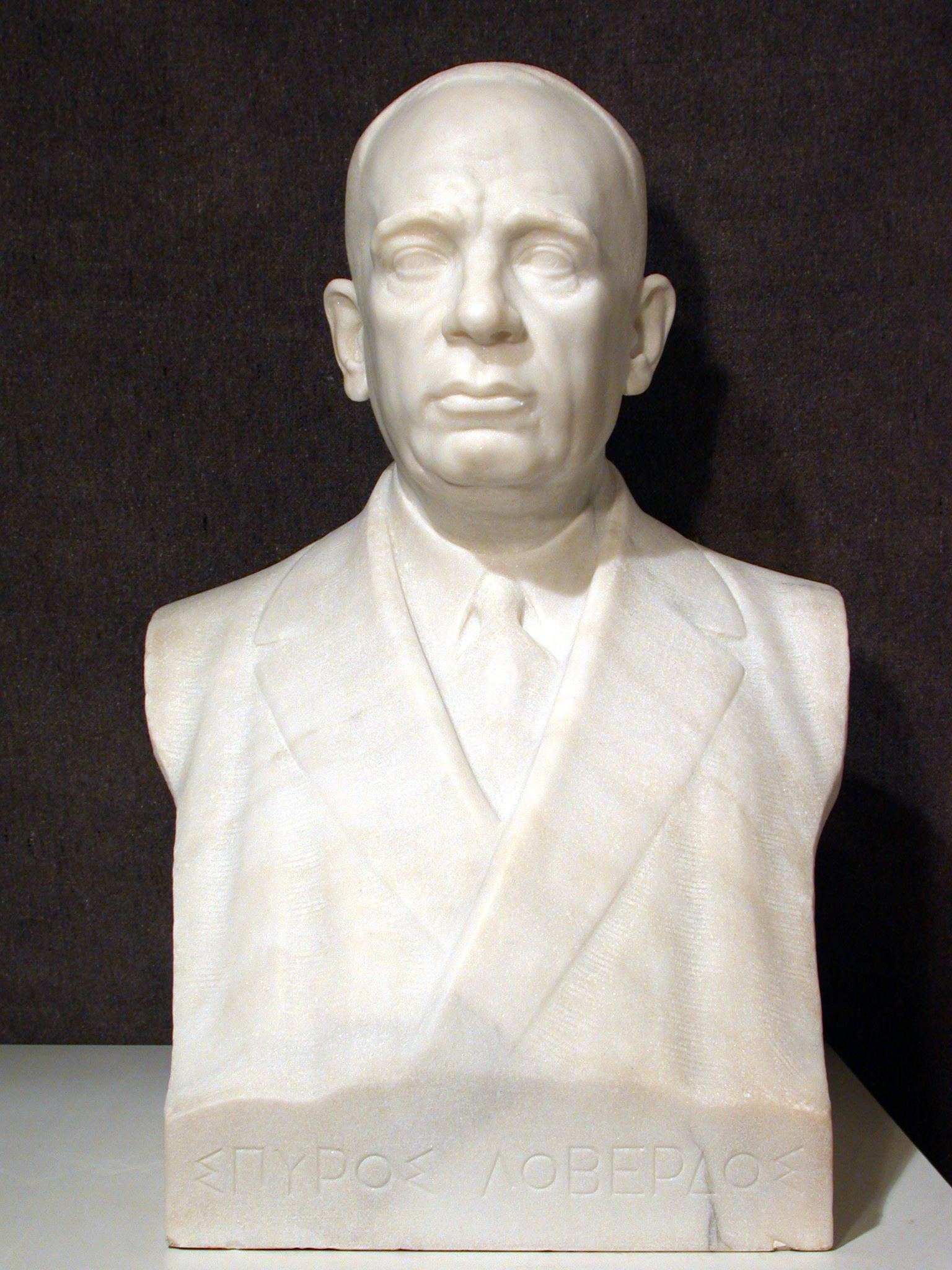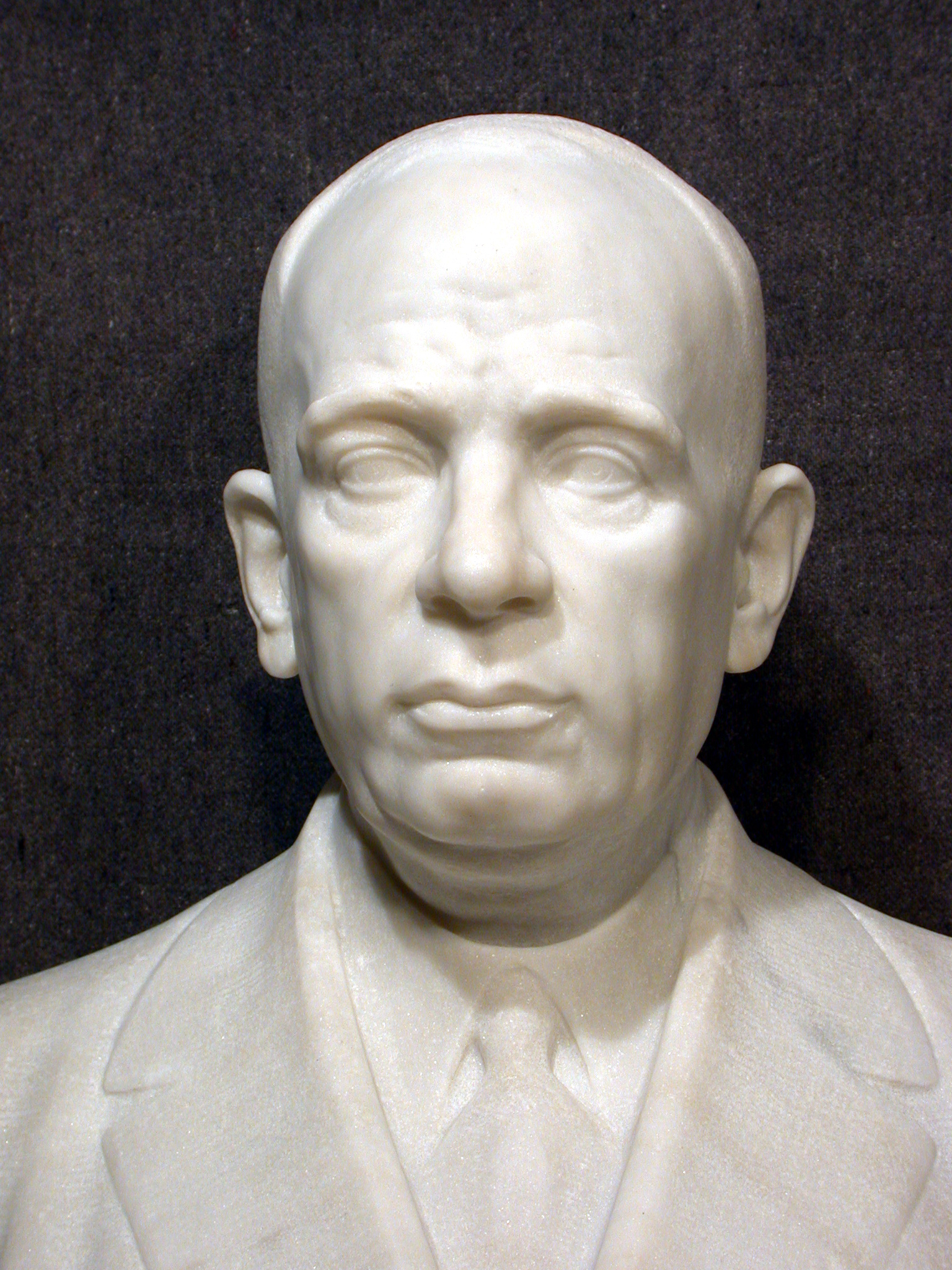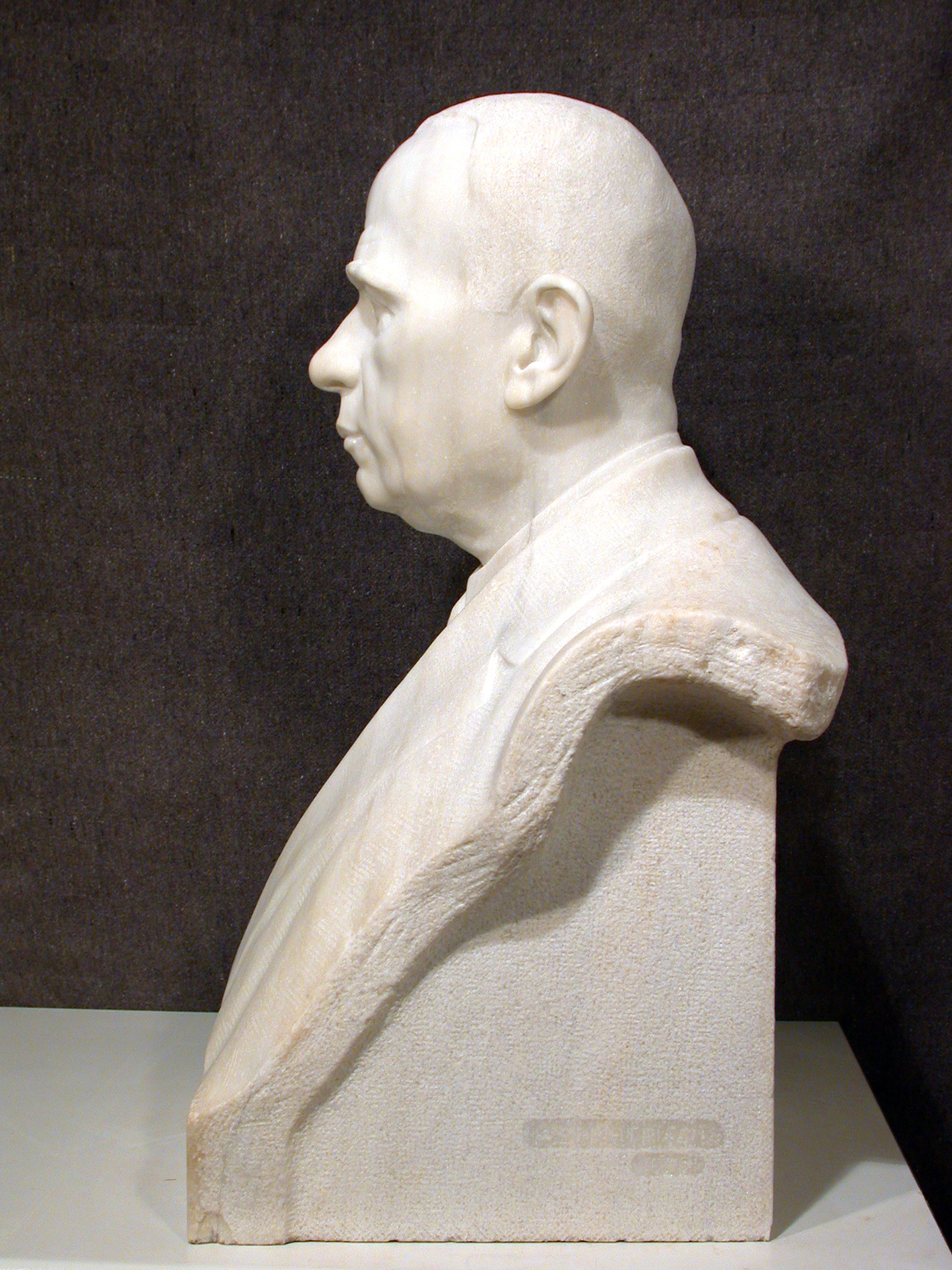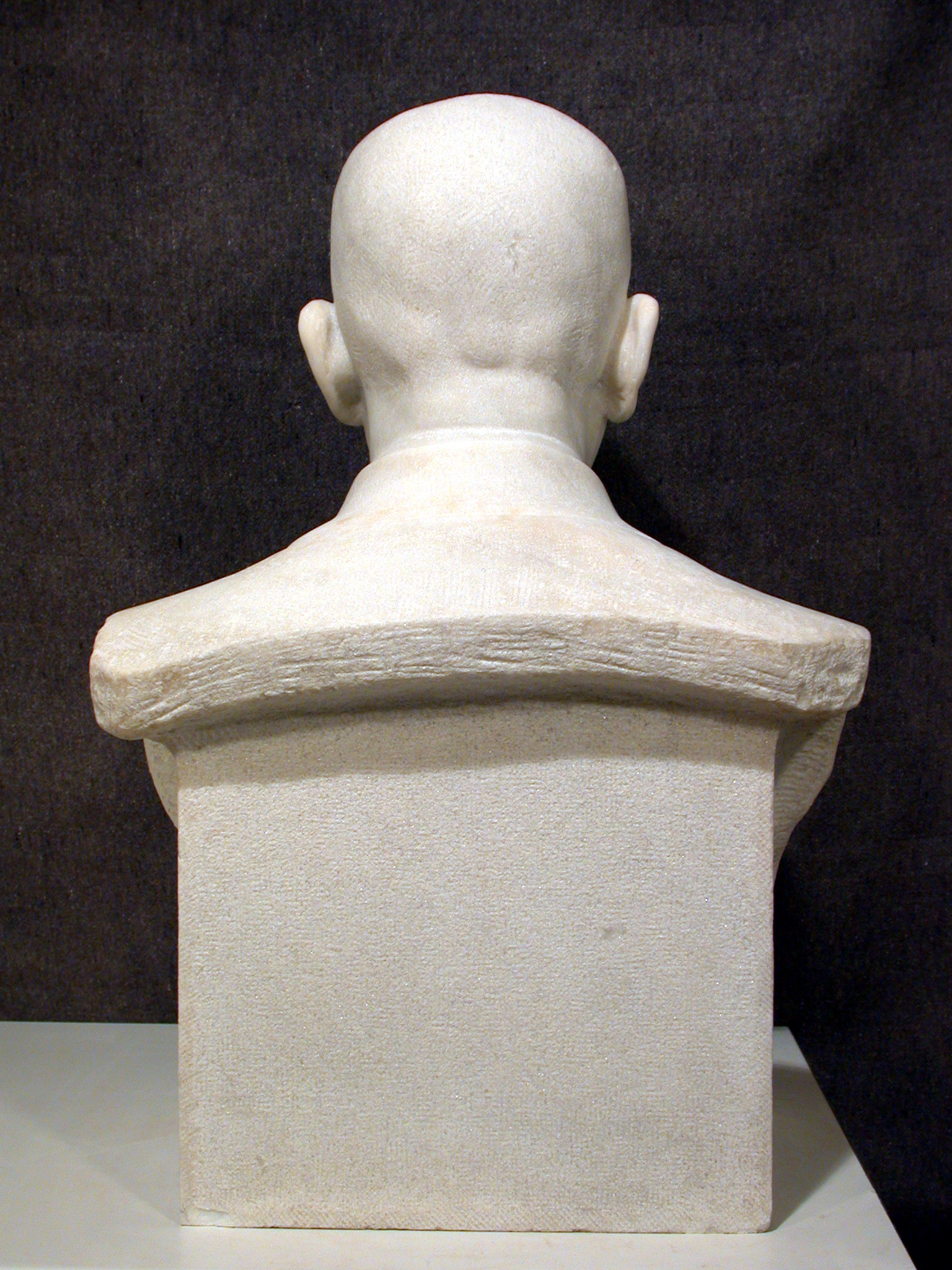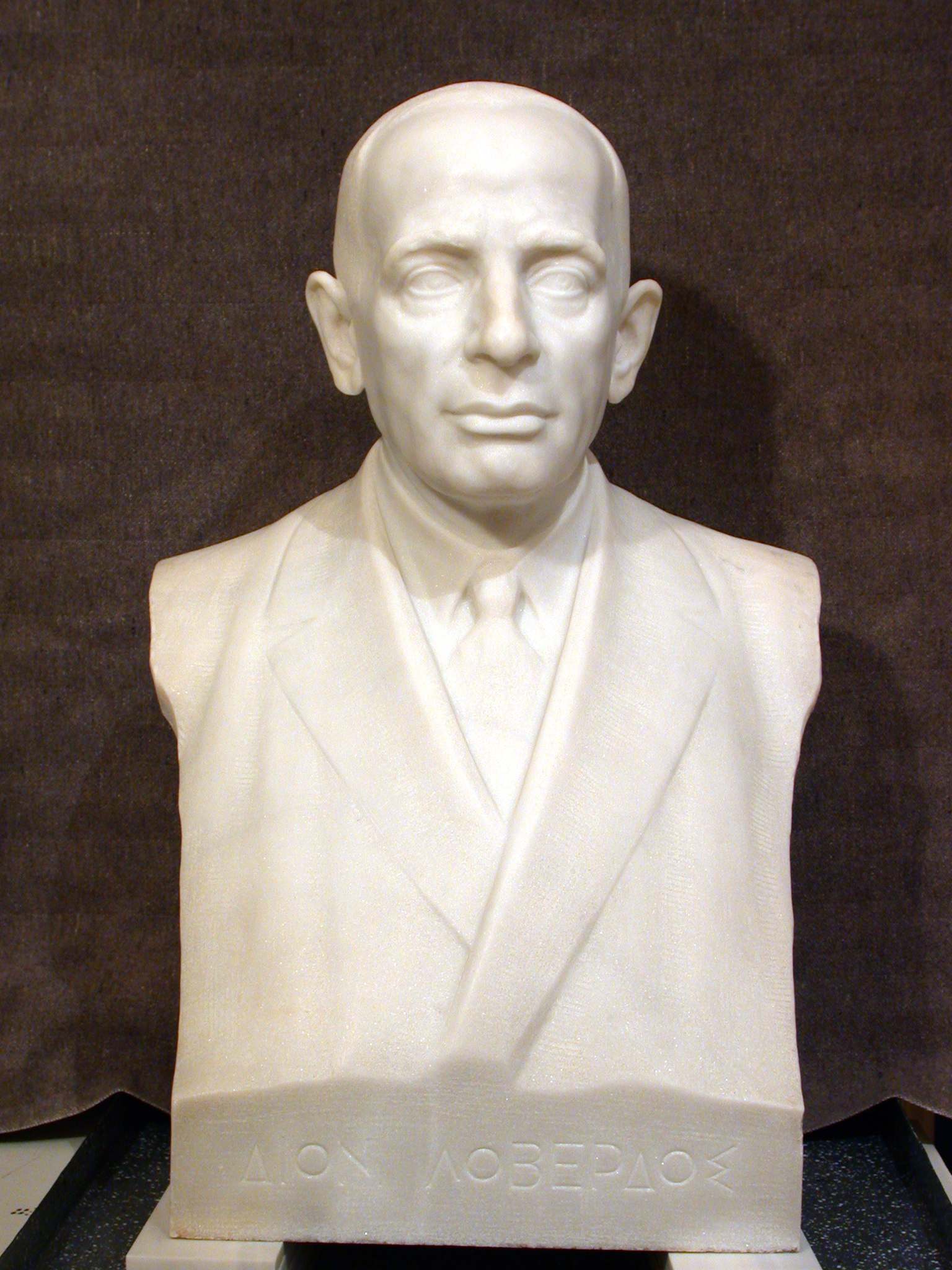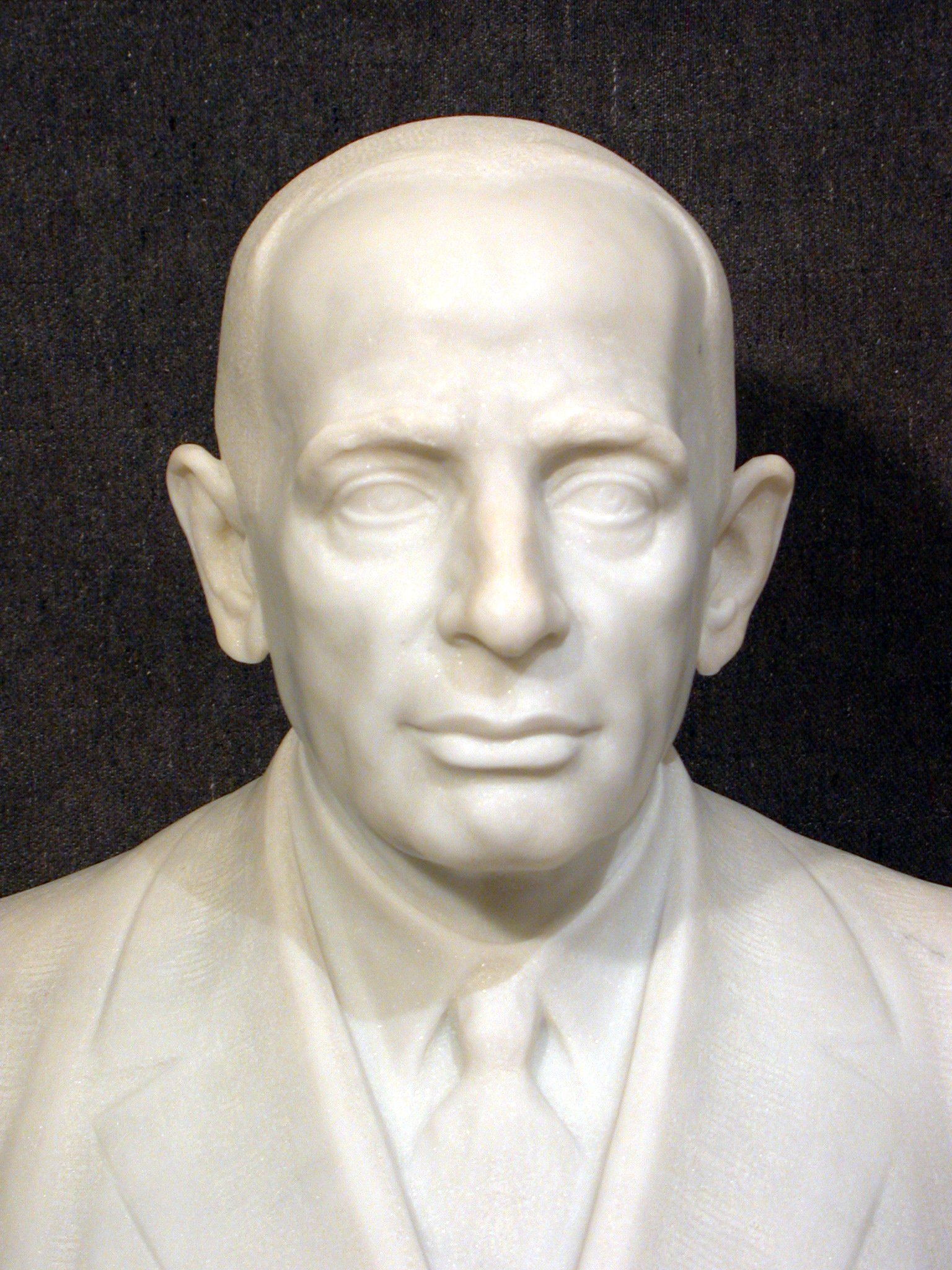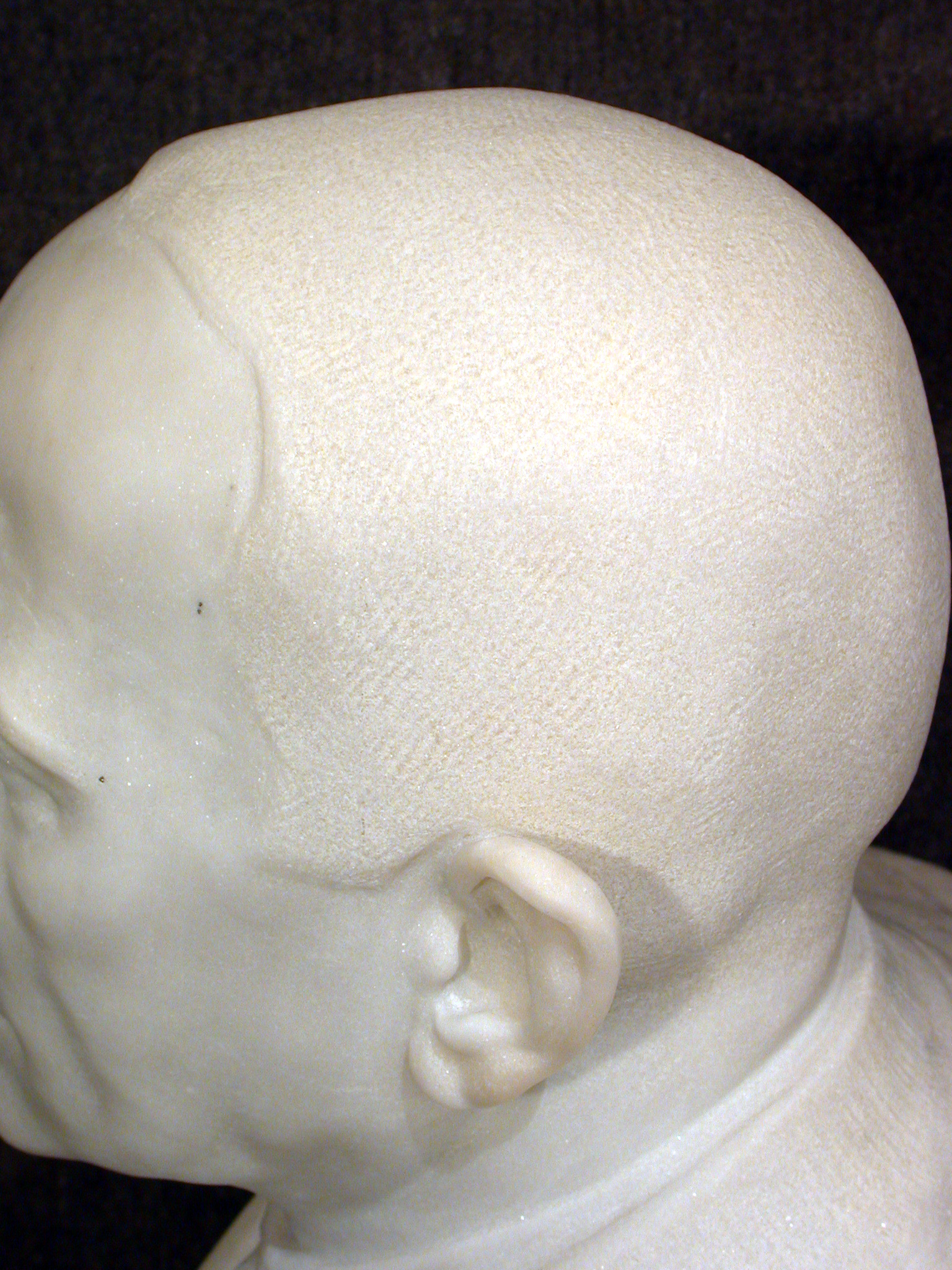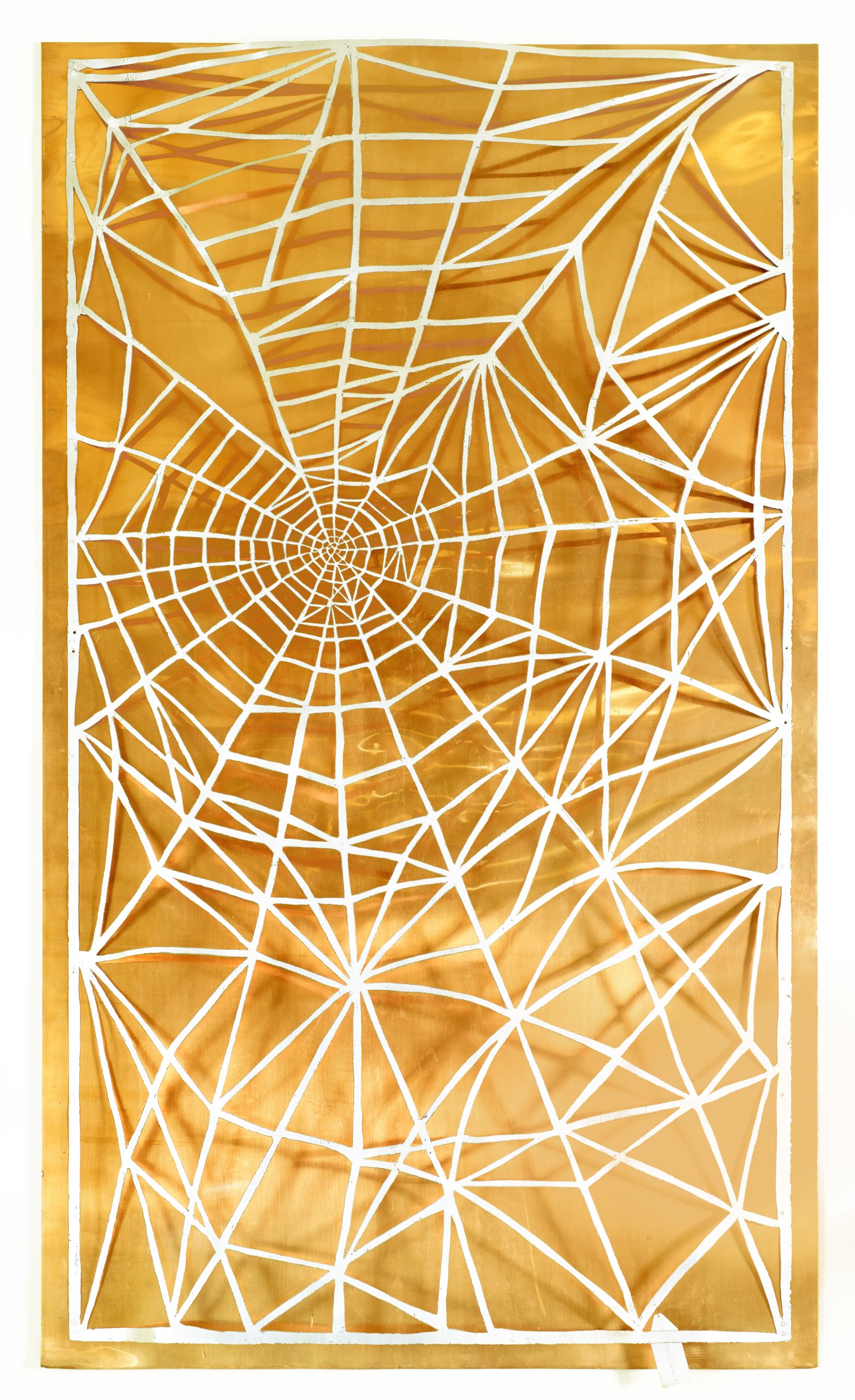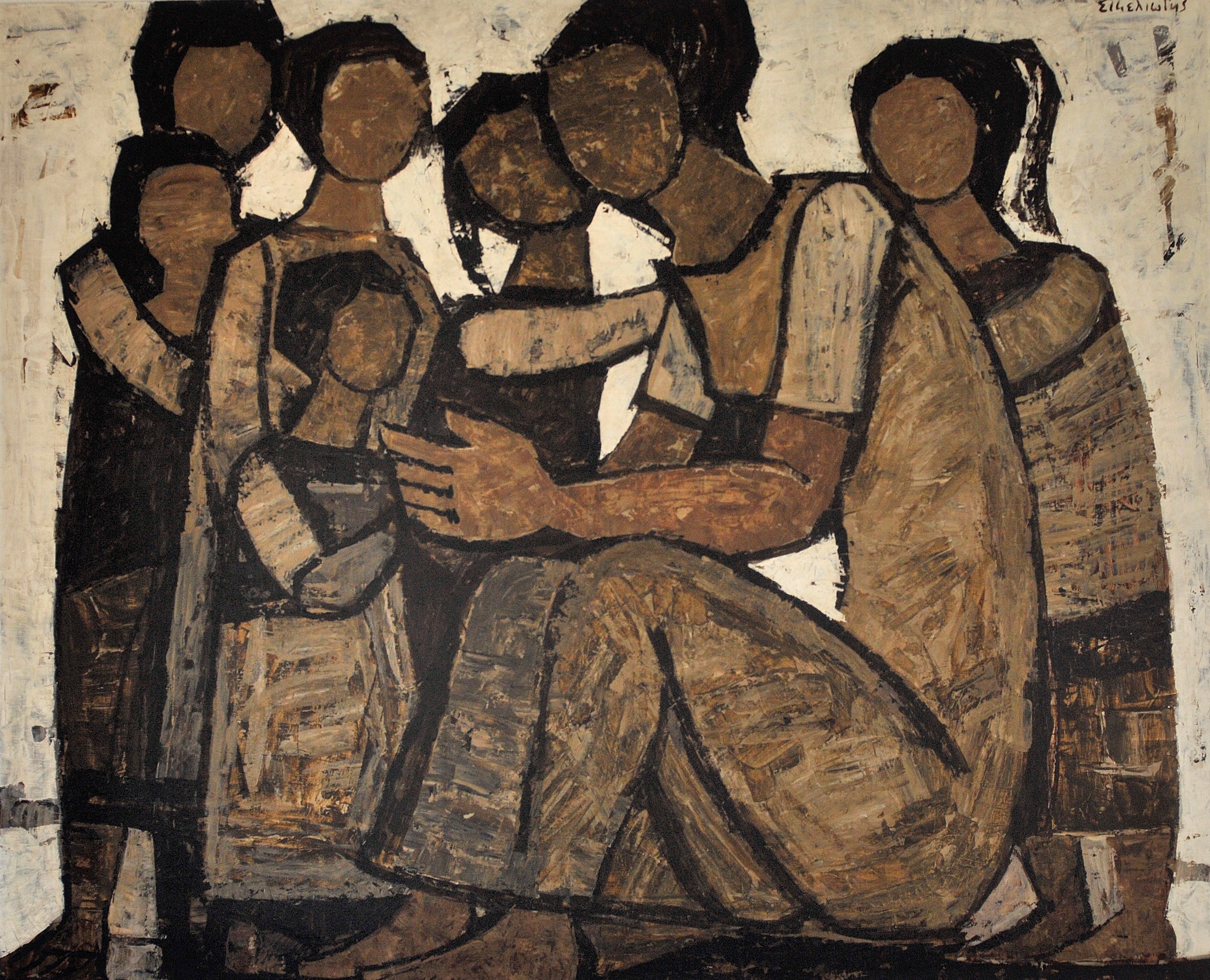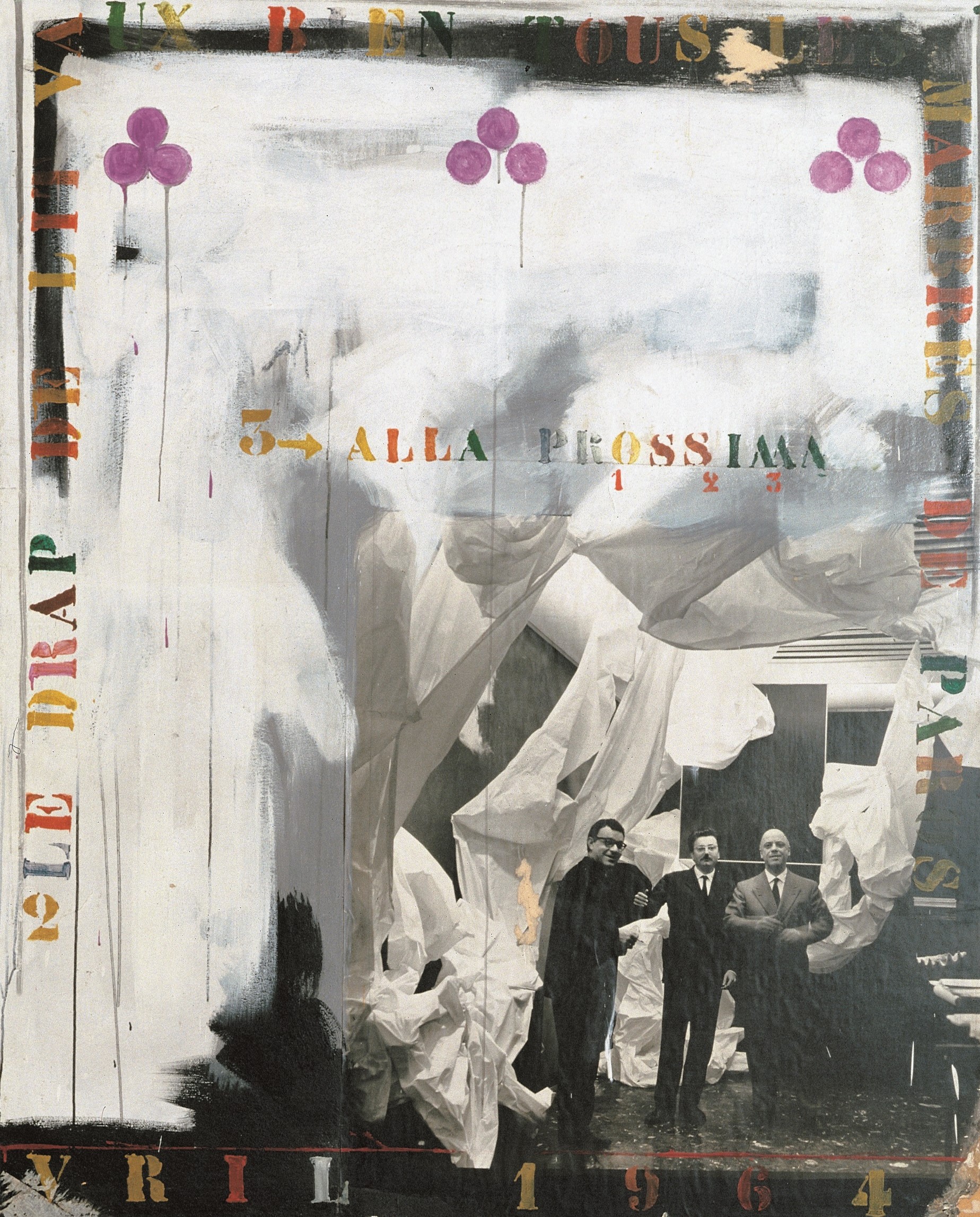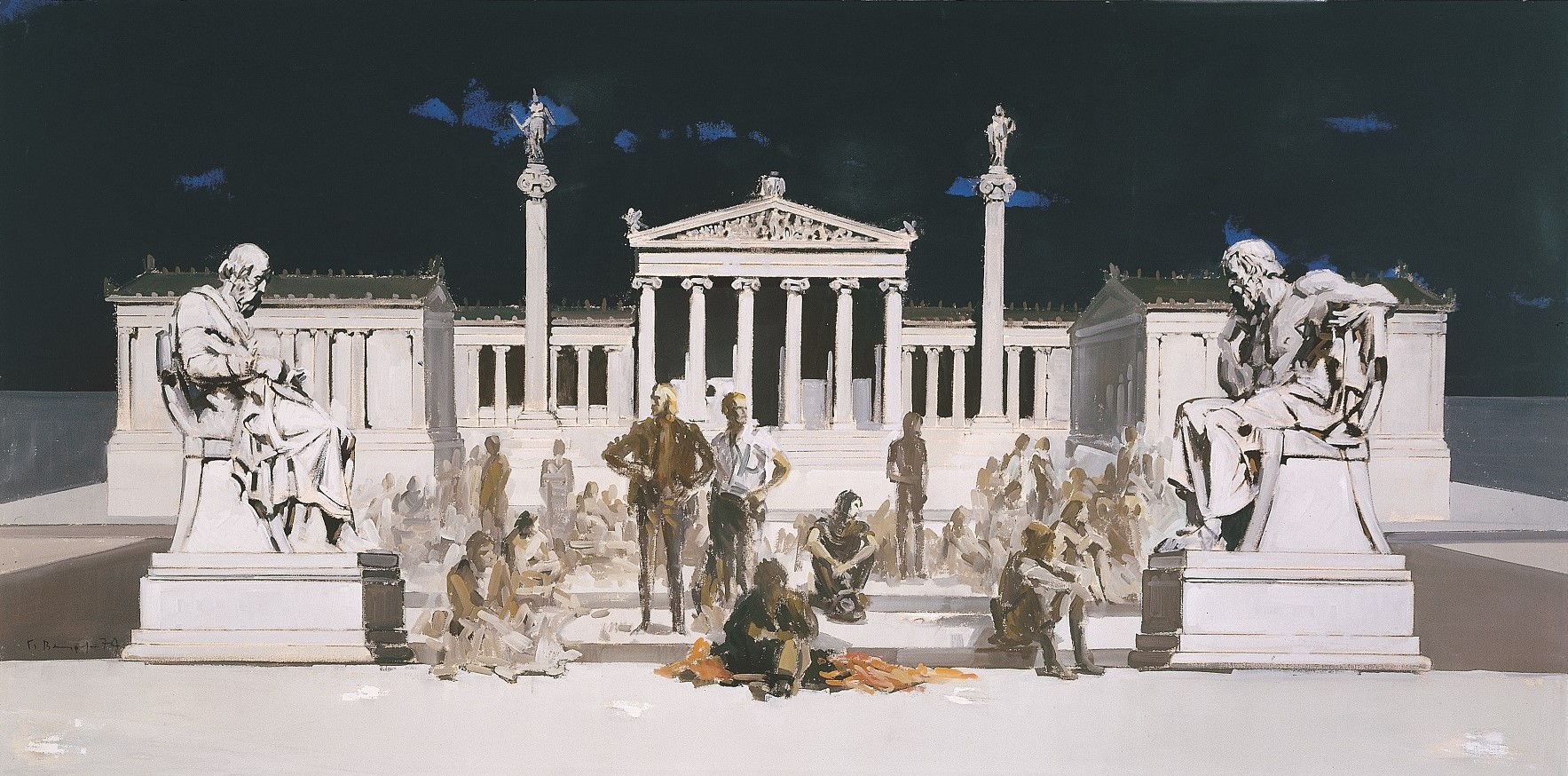Konstantinos Dimitriadis, Spyridon Loverdos and Dionysios Loverdos
The marble busts of the Loverdos brothers, created by Konstantinos Dimitriadis, are a typical example of modern Greek sculpture. The rendition of the form in Dimitriadis’ 2 busts remains true to the artistic directions of naturalism. At the turn of the 20th century, the Loverdos brothers were leading figures of the Greek financial world.
Typical examples of naturalism
The marble busts of the Loverdos brothers are typical examples of the naturalistic idiom that defines most of Konstantinos Dimitriadis’ similar creations. They are included among the most significant works of modern Greek sculpture.
In February 2012, after being subject to surface damage, the 2 busts were restored and moved from the 1st flood corridor to the central ground hall of the Alpha Bank building on 45 Panepistimiou Street. The building used to house the central branch of Popular Bank.
The Loverdos brothers
Dionysios Loverdos (1877-1934) founded Popular Bank in 1905. Together with his brother, Spyridon Loverdos (1874-1936), they were leading figures in the economic life of Greece over the first 3 decades of the 20th century.
His life in a nutshell
Kostas Dimitriadis (1881-1943) was born in Stenimachos, Eastern Rumelia. He studied Sculpture at the School of Arts in Athens – which later became the Athens School of Fine Arts – under Georgios Vroutos. In 1904 he moved to Paris, where he continued his studies at the Académie de la Grande Chaumière and the École nationale supérieure des Beaux-Arts.
In 1905 he opened his first studio in Paris, followed by a second one in London. In 1924 he took part in the Paris Summer Olympics, in the category of art competitions, winning a gold medal for his sculpture Finnish discus thrower.
In 1930 he moved back to Greece and was appointed professor of Sculpture at the Athens School of Fine Arts, where he later also served as Director.
In 1936 he was appointed regular member of the Academy of Athens and in the following year he was honoured with the national Excellence Award for Letters and Arts.
Artistic influences
During Dimitriadis’ stay in the French capital, his artistic style was heavily influenced by European sculpture and especially the works of August Rodin (1840-1917).
These influences, combined with certain impressionist elements, can be mainly seen in the artist’s private projects. On the contrary, the busts and other public monuments created by Dimitriadis follow more strict realism mandates, with strong naturalistic elements.
Favourite themes and artistic style
Centred around the human form, elevated into an allegoric symbol, Dimitriadis’ favourite subjects were:
- Busts
- Nudes
- Compositions
His works are dominated by the alternation of light and shadow in the creation of the form. Dimitriadis never strayed far from the real inner structure of the skeleton and the muscular system. The wide escalation of movement, emphasising the moment, is quite typical of his work.
The work of art in our publications
The busts Spyridon Loverdos and Dionysios Loverdos by Konstantinos Dimitriadis are referenced in the Alpha Bank Mazi magazine (issue 18, May 2015).
In other literature The busts are also referenced in N.P. Inglesis’ book, Guide for public limited liability companies, 1937-1938 v. 2. The Greek Banks, part 2. The institutions, Athens, 1939.
The busts Spyridon Loverdos and Dionysios Loverdos by Konstantinos Dimitriadis are found on the ground floor of the Alpha Bank building on 45 Panepistimiou Street, Athens.
You can visit them by appointment. Contact us to book your visit.
